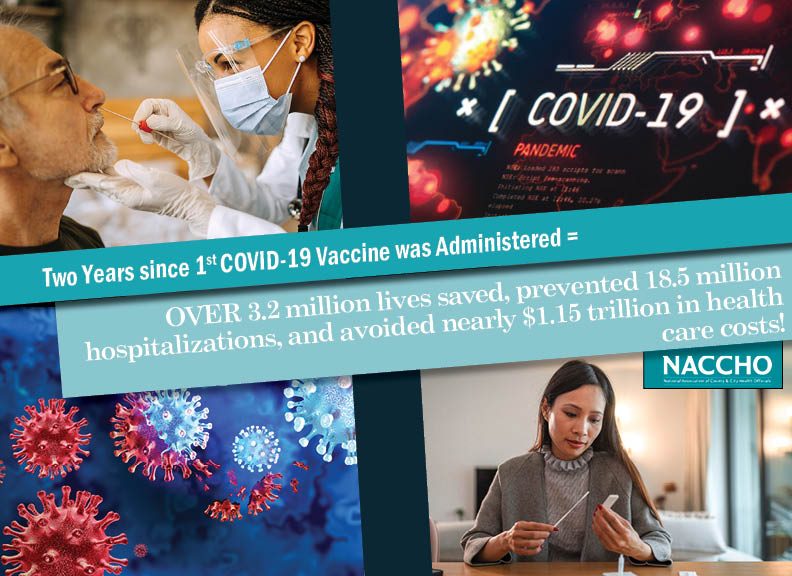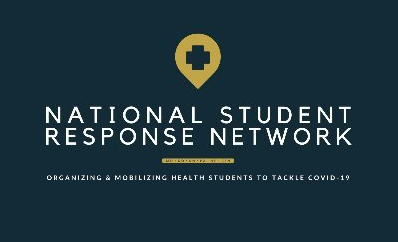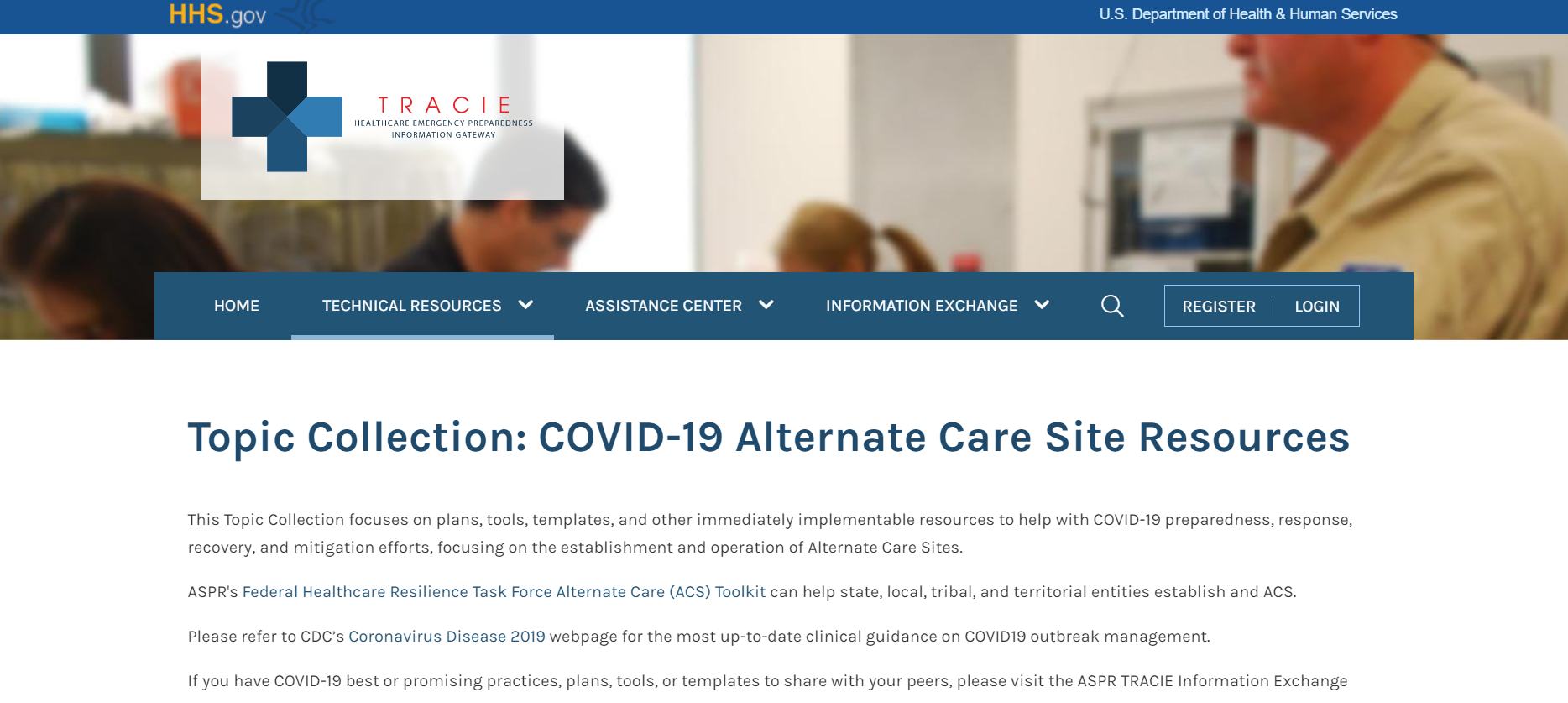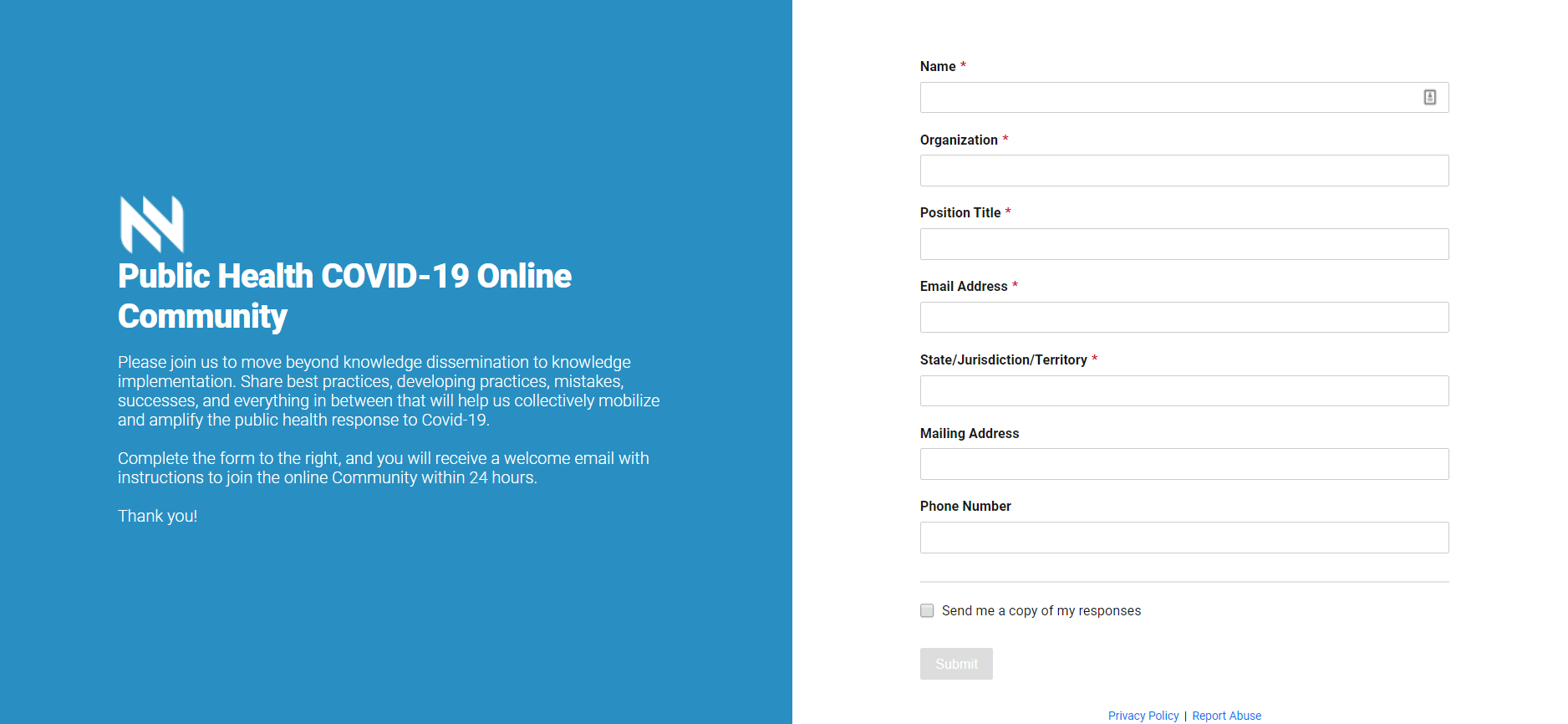Popular Categories
Economic Losses from Natural Disasters Total in the Trillions
A new calculation by scientists estimates that natural disasters around the globe have resulted in roughly $7 trillion in economic...
May 23, 2016 | Mary Hodges
Using MAPP to Improve Community Resilience
Over the past two years, ASPR and NACCHO have been working together to identify and test ways in which local health departments can...
Apr 12, 2016 | Stephen Maheux
The Impacts of Climate Change on Human Health in the United States: A Scientific...
The White House released the U.S. Global Change Research Program’s latest assessment, “The Impacts of Climate Change on...
Apr 06, 2016 | Mary Hodges
The Perfect Storm: Climate Change and Zika Virus Disease
This post originally ran on NACCHO’s Healthy People, Healthy Places blog. For more environmental health news and information, visit...
Mar 04, 2016 | Mary Hodges
The Preparedness Planning, Outcomes, and Measures (PPOM) Workgroup – January 2016...
The Preparedness Planning, Outcomes, and Measures (PPOM) workgroup held its monthly call on January 26. This month’s meeting focused...
Jan 29, 2016 | Nicole Dunifon
Gaps Remain for Pediatric Medical Countermeasures
During public health emergencies, children are a particularly vulnerable population as they have unique physical, physiological, and...
Jan 26, 2016 | Raymond Puerini
2016 Preparedness Summit Opening Plenary: Innovations in Community Resilience
Resilience – adaptation in the face of adversity – is often the difference between a community that can survive and thrive after a...
Jan 21, 2016 | Mary Hodges
Early Bird Prices for the 2016 Preparedness Summit End February 19
Early bird prices for the 2016 Preparedness Summit are only available for one more month. Save $100 by registering before February 19....
Jan 19, 2016 | Mary Hodges
Measuring Mass Fatality Preparedness – How Does Public Health Stand Up?
Many of the catastrophic hazards that LHDs plan for have serious potential to become mass fatality events. Even in the most...
Jan 13, 2016 | Rachel Schulman
Economic Losses from Natural Disasters Total in the TrillionsA new calculation by scientists estimates that natural disasters around the globe have resulted in roughly $7 trillion in economic losses since 1900. Their research also ascribes more than 8 million deaths to natural disasters. Such analysis, pulled from the new Integrated Historical Global Catastrophe Database, should assist governments and local public health with crisis planning […] May 23, 2016 | Mary Hodges |
Using MAPP to Improve Community ResilienceOver the past two years, ASPR and NACCHO have been working together to identify and test ways in which local health departments can improve resilience in their communities. In March 2015, three local health departments were selected as test sites for a pilot program designed to test whether “Mobilizing for Action through Planning and Partnerships” (MAPP) […] Apr 12, 2016 | Stephen Maheux |
The Impacts of Climate Change on Human Health in the United States: A Scientific AssessmentThe White House released the U.S. Global Change Research Program’s latest assessment, “The Impacts of Climate Change on Human Health in the United States: A Scientific Assessment.” The report significantly advances what we know about the impacts of climate change on public health, and the confidence with which we know it. It reinforces the significant threat […] Apr 06, 2016 | Mary Hodges |
The Perfect Storm: Climate Change and Zika Virus DiseaseThis post originally ran on NACCHO’s Healthy People, Healthy Places blog. For more environmental health news and information, visit http://essentialelements.naccho.org/. By Andrea Grenadier, Communications Specialist, NACCHO If you were writing a popular novel designed to terrify, you could hardly come up with a better plot device than introducing Zika virus disease. A perfect storm of a... Mar 04, 2016 | Mary Hodges |
The Preparedness Planning, Outcomes, and Measures (PPOM) Workgroup – January 2016 ReportThe Preparedness Planning, Outcomes, and Measures (PPOM) workgroup held its monthly call on January 26. This month’s meeting focused on CDC’s Public Health Emergency Preparedness (PHEP) Capabilities. During the call the workgroup provided comments and feedback on PHEP Capability 5: Fatality Management and PHEP Capability 11: Non-Pharmaceutical Interventions. The feedback collected will be used to... Jan 29, 2016 | Nicole Dunifon |
Gaps Remain for Pediatric Medical CountermeasuresDuring public health emergencies, children are a particularly vulnerable population as they have unique physical, physiological, and psychological characteristics that vary from adults. Additionally, the medical products and formulations children need often differ from adults and some medical products may not have the same usage approvals for children as they do for adults. Earlier this month... Jan 26, 2016 | Raymond Puerini |
2016 Preparedness Summit Opening Plenary: Innovations in Community ResilienceResilience – adaptation in the face of adversity – is often the difference between a community that can survive and thrive after a disaster, and one that struggles over years to recover. What does it take for communities to be resilient in a world of increasingly global and uncharted threats? This year’s Preparedness Summit will […] Jan 21, 2016 | Mary Hodges |
Early Bird Prices for the 2016 Preparedness Summit End February 19Early bird prices for the 2016 Preparedness Summit are only available for one more month. Save $100 by registering before February 19. The Summit will be held from April 19-22 at the Dallas Hilton Anatole. This year’s Summit will focus on the importance of building prepared and resilient communities that can recover quickly from disasters. The Preparedness Summit […] Jan 19, 2016 | Mary Hodges |
Measuring Mass Fatality Preparedness – How Does Public Health Stand Up?Many of the catastrophic hazards that LHDs plan for have serious potential to become mass fatality events. Even in the most well-prepared communities, events such as pandemics, chemical spills, radiation releases, mass shootings, and acts of terrorism can still result in extremely high death tolls. Moreover, it doesn’t necessarily take a large number of deaths […] Jan 13, 2016 | Rachel Schulman |
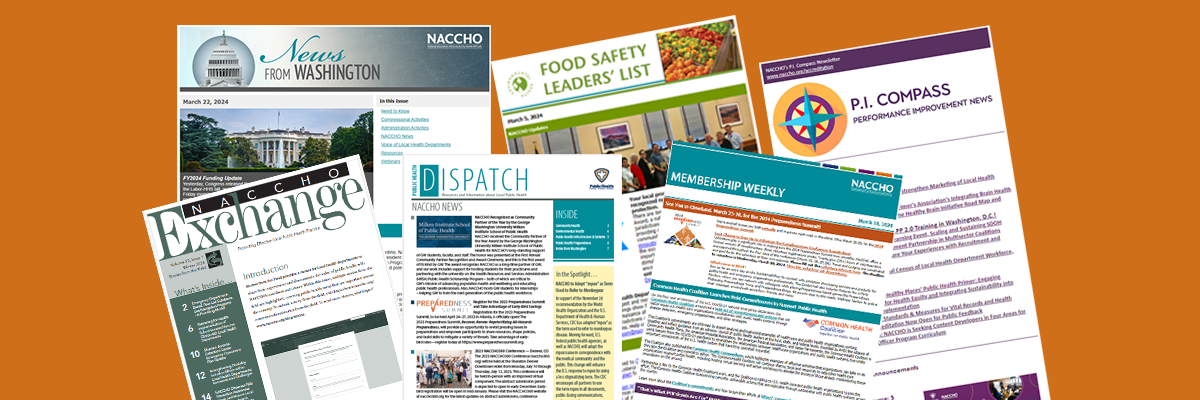
Subscribe Today
Sign Up for the E-mail Digests
Create an account or login to MyNACCHO and go to "My Subscriptions."
SUBSCRIBE NOW